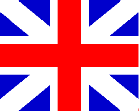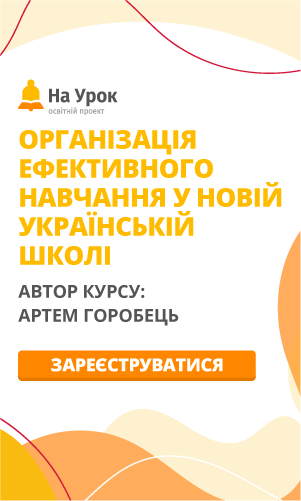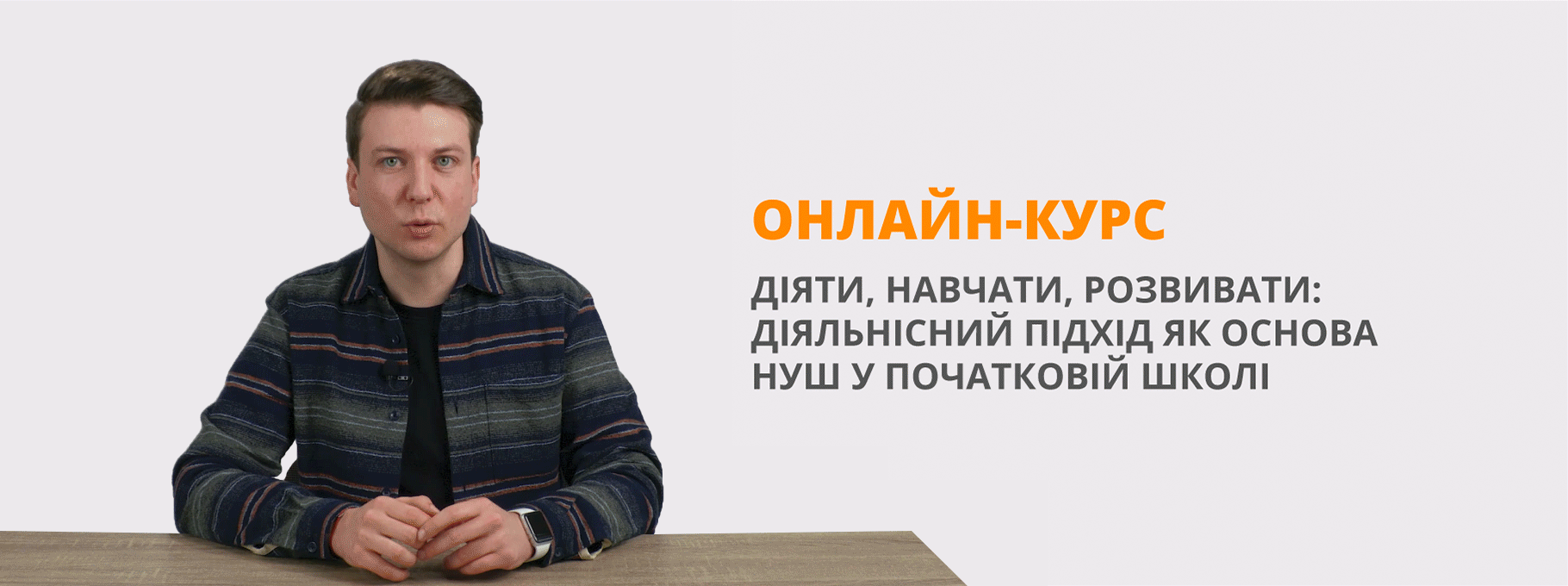Reading Comprehension British Flag Monarchy Mass Media

THE HISTORY AND MEANING OF THE UNION JACK OR UNION FLAG
The British Flag: a Symbol of Unity
The Union Jack is a transnational flag full of historical significance. It represents the union of different countries and the growth of a family of nations whose influence extends far beyond the British Isles. This far-reaching influence is still seen today in the incorporation of the Union Jack in other national flags. Today, Union Jack flag is the flag of the independent country that has absorbed England, Scotland, and Northern Ireland - the United Kingdom of Great Britain and Northern Ireland. The Union Jack is also incorporated into the flags of four independent countries of the British Commonwealth - Australia, Fiji, Tuvalu, and New Zealand. The British flag is called the "Union Jack", an expression that needs to be explained.
The Union Jack is a fine expression of unity as well as diversity. The British flag incorporates the national symbols of three distinct countries, England, Scotland and Northern Ireland. In fact its name "Union Jack" emphasises the very nature of the United Kingdom of Great Britain and Northern Ireland as a union of nations. The flag is also known by another name, this too, emphasising the idea of union: the "Union flag", perhaps a less common term but a little more precise. The countries comprising the British Isles are not isolated states; together they constitute a powerful union. Recognition of, and respect for national identities are an essential ingredients for effective union. The Union Jack symbolises all this: respect for individuality within a closely knit community.
The "Union Jack" or "Union Flag" is a composite design made up of three different national symbols:
|
|
|
|
St. George's Cross, |
St. Andrew's Cross, |
|
|
|
St. Patrick's Cross, |
The cross represented in each flag is named after the patron saint of each country: St. George, patron saint of England, St. Andrew, patron saint of Scotland and St. Patrick, patron saint of Ireland.
No mention has been made of the Welsh flag. The Welsh dragon was not incorporated into the Union Flag because Wales had already been united to England when the first version of the Union Flag was designed in 1606. It is, however, in common use:

THE HISTORY OF THE UNION JACK
Until 1603 the English and Scottish Crowns were separate, although links between the two were always close - members of the two Royal families intermarried on many occasions. Following the Accession of King James VI of Scotland (I of England) to the English Throne, a single monarch reigned in the United Kingdom.
The first step taken in the creation of the flag of Great Britain was on 12th April 1606. When King James VI of Scotland became king of England (King James I) it was decided that the union of the two countries under one king should be represented symbolically by a new flag. Originally it consisted in the red cross of England superimposed on the white cross of Scotland on the blue background of the Scottish flag as in this illustration:

Thus we have the first flag of the union called, in fact, the "Union Flag".
What was meant to be a symbol of unity actually became a symbol of international controversy. The English resented the fact that the white background of their cross had disappeared and that the new flag had the blue Scottish background. On the other hand the Scottish resented the fact that the English red cross was superimposed on the Scottish white cross!! There is an old saying that you cannot please everyone but this first version of the Union Flag seemed to please no-one!!
The flag was usually restricted to use at sea until the two kingdoms of Scotland and England were united in 1707. It was most probably from this use at sea that it got the name "Jack" ("Union Jack"). It was usually flown at the bow end of the ship, from the jack staff.
An attempt was made to modify the flag under Oliver Cromwell. A harp was placed in the centre, representing Ireland. However, the original design was restored along with the restoration of the monarchy in 1660.
The flag continued to be used in its original form until Jan. 1, 1801. At that time, with the union of Ireland and Great Britain, it became necessary to represent Ireland in the Union Flag and so the cross of St. Patrick was include thus creating the flag as we now have it. When the southern part of Ireland gained its independence in 1921 and became the Irish Free State no alteration was made to the Union Jack.
The name "Union Jack" became official when it was approved in Parliament in 1908. It was stated that "the Union Jack should be regarded as the National flag".
The Union Flag was originally a Royal flag. When the present design was made official in 1801, it was ordered to be flown on all the King's forts and castles, but not elsewhere.
It is today flown above Buckingham Palace, Windsor Castle and Sandringham when The Queen is not in residence.
The Union Flag is flown on Government buildings on days marking the birthdays of members of the Royal Family, Commonwealth Day, Coronation Day, The Queen's official birthday, Remembrance Day and on the days of the State Opening and prorogation of Parliament. It is also flown on St David's Day (Wales), St George's Day (England), St Andrew's Day (Scotland), and St Patrick's Day (Northern Ireland).
THE BRITISH MONARCHY
The last four hundred years have seen many changes in the nature of the Monarchy in the United Kingdom. From the end of the 17th century, monarchs lost executive power and they increasingly became subject to Parliament, resulting in today's constitutional Monarchy.
Monarchy is the oldest form of government in the United Kingdom.
In a monarchy a king or queen is Head of State. The British monarchy is known as a constitutional monarchy. This means that, while The Queen is Head of State, the ability to make and pass legislation belongs to an elected Parliament. Although the British Sovereign no longer has a political or executive role, he or she continues to play an important part in the life of the nation.
As Head of State, The Queen undertakes constitutional and representational duties which have developed over one thousand years of history. In addition to these State duties, The Queen has a less formal role as 'Head of Nation'. She acts as a focus for national identity, unity and pride; gives a sense of stability and continuity; officially recognises success and excellence; and supports the ideal of public and voluntary service.
In all these roles The Queen is supported by members of her immediate family.
The Queen has many different duties to perform every day.
Some are public duties, such as ceremonies, receptions and visits within the United Kingdom or abroad. Other duties are carried out away from the cameras, but they are no less important. These include reading letters from the public, official papers and briefing notes; audiences with political ministers or ambassadors; and meetings with her Private Secretaries to discuss daily business and her future diary plans.
Even when she is away from London, in residence at Balmoral or Sandringham, she receives official papers nearly every day of every year and remains fully informed on matters affecting her country.
In front of the camera or away from it, The Queen's duties go on, and no two days in her life are ever the same.
The Queen is Head of State in the United Kingdom. Her official title in the UK is "Elizabeth the Second, by the Grace of God of the United Kingdom of Great Britain and Northern Ireland and of Her other Realms and Territories Queen, Head of the Commonwealth, Defender of the Faith".
As a constitutional monarch, The Queen does not 'rule' the country, but fulfils important ceremonial and formal roles with respect to the Parliament of the United Kingdom, and the devolved assemblies of Scotland, Wales and Northern Ireland.
The Queen is also Fount of Justice, from whom justice in the United Kingdom derives, and has important relationships with the Armed Forces and the established Churches of England and Scotland.
In addition to her role in the United Kingdom, The Queen has a special role to play in the Channel Islands and the Isle of Man, which are dependent territories of the English Crown.
In addition to her constitutional duties, The Queen has an important role to play in public. A national figurehead, The Queen provides a focus for identity, offers recognition of achievement of all kinds, and supports the ideals of public and charitable work.
Her Majesty acts a focus for national unity and pride by means of regular visits in the UK, her other realms, the Commonwealth and overseas destinations. The Queen is supported by other members of the Royal Family, who also carry out thousands of visits each year.
The Queen recognises excellence and achievement. This takes place in many ways: through Royal visits which provide a 'seal of approval' to a charity or community; through the award of honours and prizes to outstanding individuals; and through messages sent to those celebrating special birthdays or wedding anniversaries.
The Queen and the Royal Family also play an important part in the public and voluntary sector. Through involvement with hundreds of charities, military units and other organisations, they promote the ideal of service to others.
The Queen is Head of the Commonwealth, a voluntary association of 53 independent countries.
From Antigua to Zambia, the Commonwealth is a remarkable international organisation, spanning every geographical region, religion and culture. It exists to international co-operation and trade links between people all over the world.
Some countries within the Commonwealth have The Queen as their Sovereign, whilst remaining independent in the conduct of their own affairs. They are known as Commonwealth realms.
The Queen and the Royal Family retain close links with the Commonwealth realms, and with other members of the worldwide Commonwealth organisation.
Royal ceremonies and symbols hold a powerful fascination.
Occasions such as the State Opening of Parliament, Trooping the Colour and Garter Day are some of the most colourful and exciting events of the year. But they are not simply spectacular ceremonies. These official occasions are also full of symbolism, tradition and meaning, and an integral part of The Queen's role as Head of State.
The emblems associated with the Sovereign are similarly rich in history and significance. From the coronation regalia to an ordinary postage stamp, the Crown is represented in many different and interesting ways.
Royal transport also has an important ceremonial and symbolic role, from the State cars used for local visits to the ornate carriages used for large public occasions.
http://www.royal.gov.uk/output/Page1.asp
LOVE IT OR HATE IT - QUOTES ABOUT TELEVISION
- TV will never be a serious competitor for radio because people must sit and keep their eyes glued on a screen; the average American family hasn't time for it. - Author Unknown from the New York Times, 1939
- Television is an education. The question is what is it teaching? - Nicholas Johnson
- I find television very educating. Every time somebody turns on the set, I go into the other room and read a book. - Groucho Marx
- A television is a device you can sit in front of and watch people do things that you could be doing, if you weren't sitting there watching them do it. - Unknown
- Television is an invention that permits you to be entertained in your living room by people you wouldn't have in your home. - David Frost
- Television is chewing gum for the eyes. - Frank Lloyd Wright
- On cable TV they have a weather channel - 24 hours of weather. We had something like that where I grew up. We called it a window. - Dan Spencer
- In Beverley Hills, they don't throw their garbage away - they make it into television shows. - Woody Allen
- If it weren't for the fact that the TV set and the refrigerator are so far apart, some of us wouldn't get any exercise at all. - Joey Adams
- It's the menace (something or someone that is dangerous or extremely annoying) that everyone loves to hate but can't seem to live without. - Paddy Chayevsky
- I hate television. I hate it as much as peanuts. But I can't stop eating peanuts. - Orson Welles
- If you surveyed a hundred typical middle-aged Americans, I bet you'd find that only two of them could tell you their blood types, but every last one of them would know the theme song from The Beverly Hillbillies. - Dave Barry
- Today, watching television often means fighting, violence and foul language - and that's just deciding who gets to hold the remote control. - Donna Gephart
Mass Media
Regular newspaper publication dates from the mid 17th century. Prior to then it was believed that the "reckless" reporting of news might endanger the Crown and the country. A limit was placed on the printing of news other than of events abroad, natural disasters, royal declarations and crimes; there were weekly newsletters published from the 1960s containing such news.
The Daily Universal Register began life in 1785 and was later to become known as The Times from 1788. This was the most significant newspaper of the first half of the 19th century, but from around 1860 there were a number of more strongly competitive titles, each differentiated by its political biases and interests.
In England, newspapers used to be classified by distribution as local or national and by page size as tabloids and broadsheets. The principal newspapers of England and Wales are all nationals edited in London. There is often an implication that tabloids cater for more vulgar tastes than broadsheets. This distinction began to be blurred in October 2003 as two broadsheet newspapers – The Independent and The Times – began to trial tabloid editions in some parts of the UK. Both changed format to what they prefer to call a compact edition in 2004.
There are daily paid local papers in most of the larger cities, and weekly paid papers in some other areas. These focus on local news and do not attempt to be a direct substitute for the London based national newspapers. Most areas also typically have one or more free local papers, with extensive classified advertising.
Today there 15 major national daily newspapers that publish every day except Sunday and 8 major Sunday papers.
The media is dominated by the British Broadcasting Corporation (BBC) which was established in 1927.
The BBC is an autonomous corporation run by a board of governors appointed by the government for a term of four years and it operates under license as the national publicly-funded broadcaster of the United Kingdom. Each household with a TV set is obliged to pay an annual licence fee which funds the BBC, known colloquially as the "beeb".
BBC News claims to be the largest news broadcaster which operates centres across the UK and around the world. On July 5 2004 the BBC celebrated 50 years of television news, the first bulletin was broadcast in 1954.
The bbc.co.uk website, usually one of the top 20 Eglish-language sites in the world, includes a comprehensive news website and archive. The site also allows users to see and hear many of the BBC's television and radio services.
There is also a vast range of commercial, privately-owned TV and radio. There are then many hundreds of digital channels of varying sizes and quality, delivered by satellite.
THE BRITISH FLAG THE BRITISH MONARCHY Mass Media
- How is the British flag called?
- What national symbols does the British flag incorporate?
- What union is its name connected with?
- What does the British flag symbolise?
- What is the saint patron of England / Ireland / Scotland?
- Why wasn't the Welsh dragon incorporated into the flag?
- What historical event is connected with the creation of the flag?
- What does the word "jack" in the name of the flag mean?
- When and where is the British flag flown?
- What is a monarchy?
- Why is Great Britain a constitutional monarchy?
- What role does the Queen play in public?
- When did regular newspaper publication appear?
- Why was a limit placed on the printing of local news?
- What news was allowed to print?
- What name did The Daily Universal Register get after three years of its existence?
- What criteria are used to classify British press? What kinds of newspapers are there?
- Where are the principal newspapers of England and Wales edited?
- What opinion was there about different kinds of newspapers? What changed this distinction?
- How often are local newspapers printed? What news do they focus on?
- What do free local papers contain?
- What does the abbreviation BBC stand for?
- Who is in charge of the BBC?
- What license does it operate under?
- What does the word "beeb" mean?
- When did the BBC broadcast the first news bulletin?


про публікацію авторської розробки
Додати розробку

